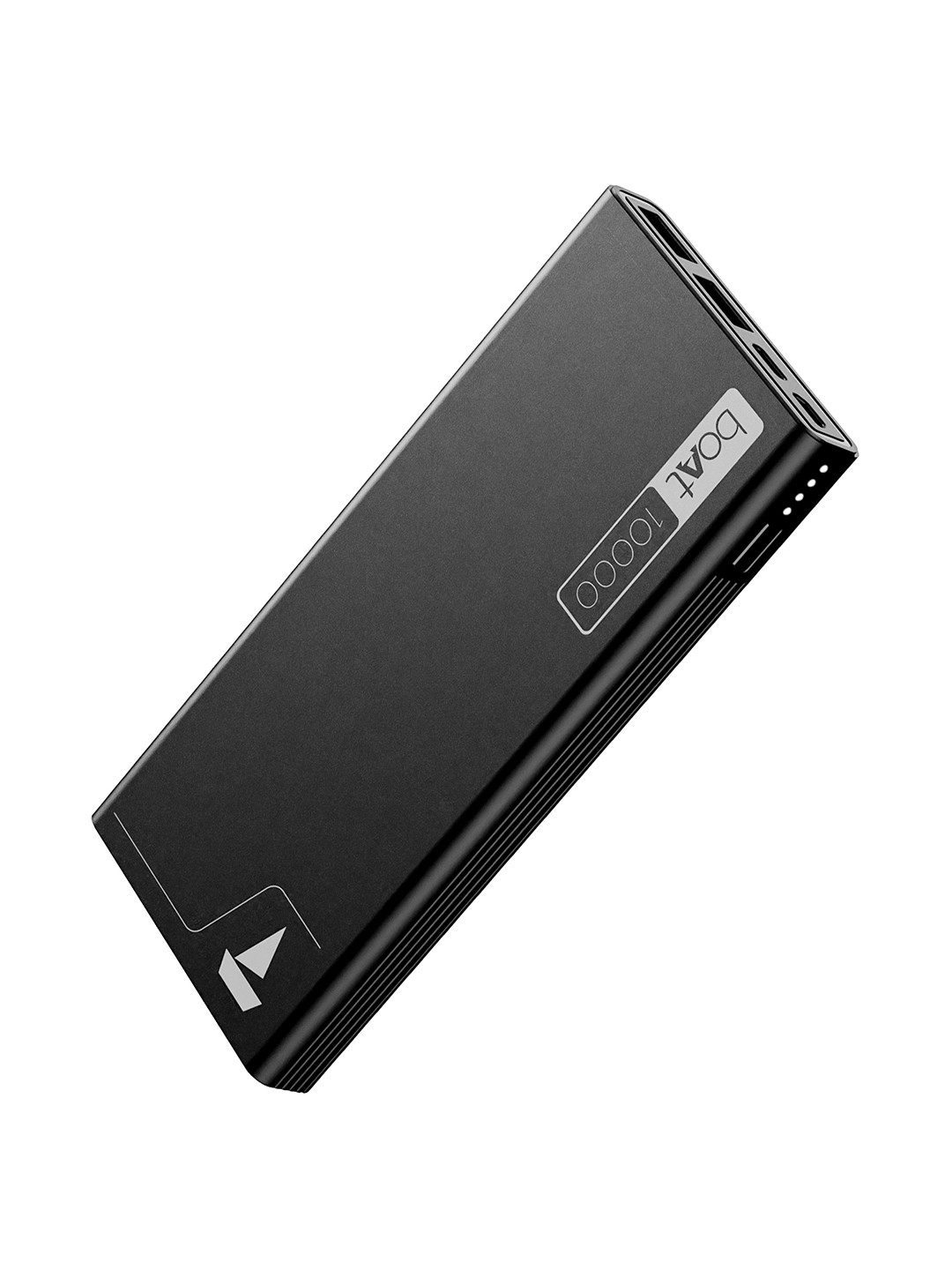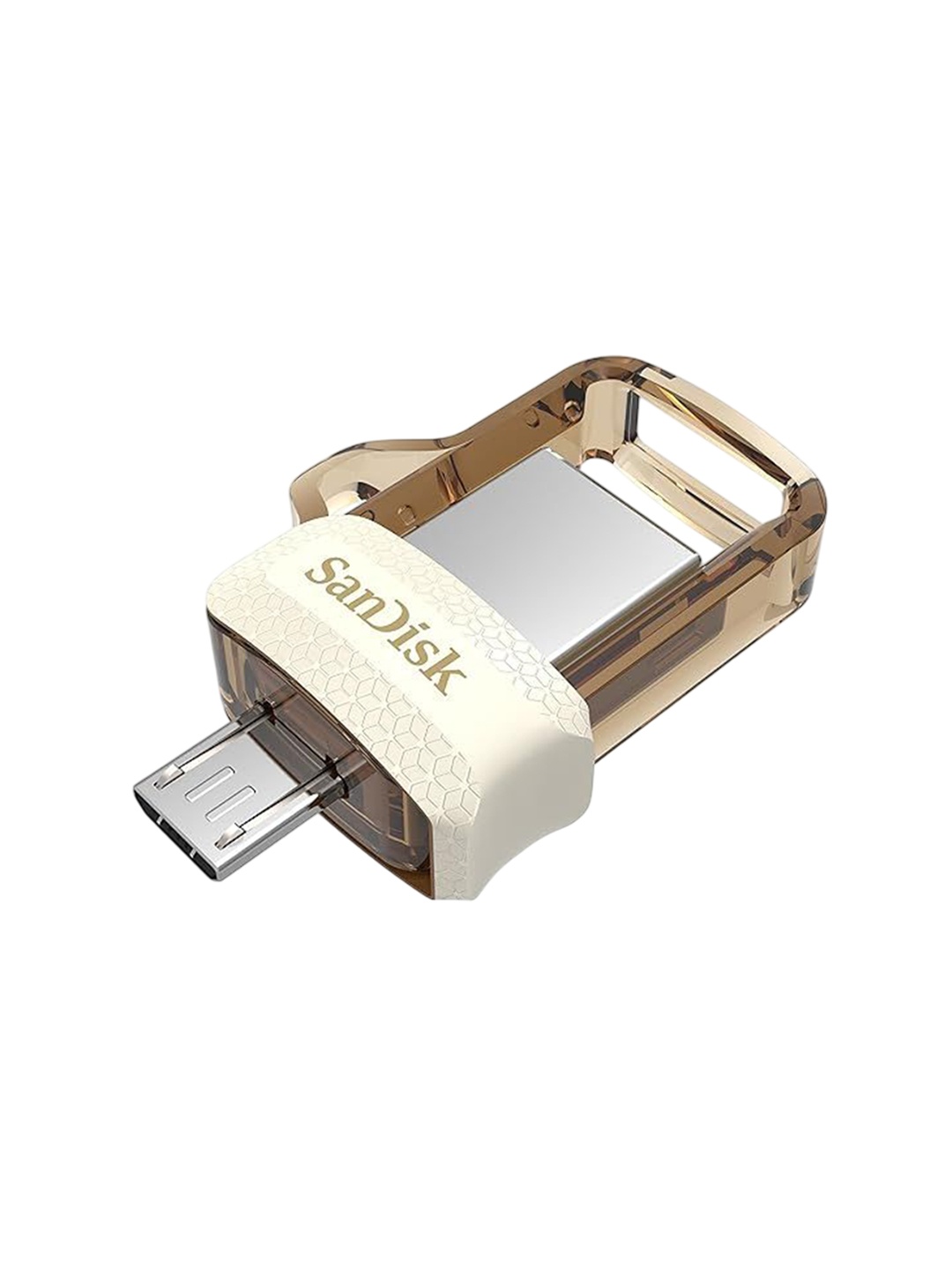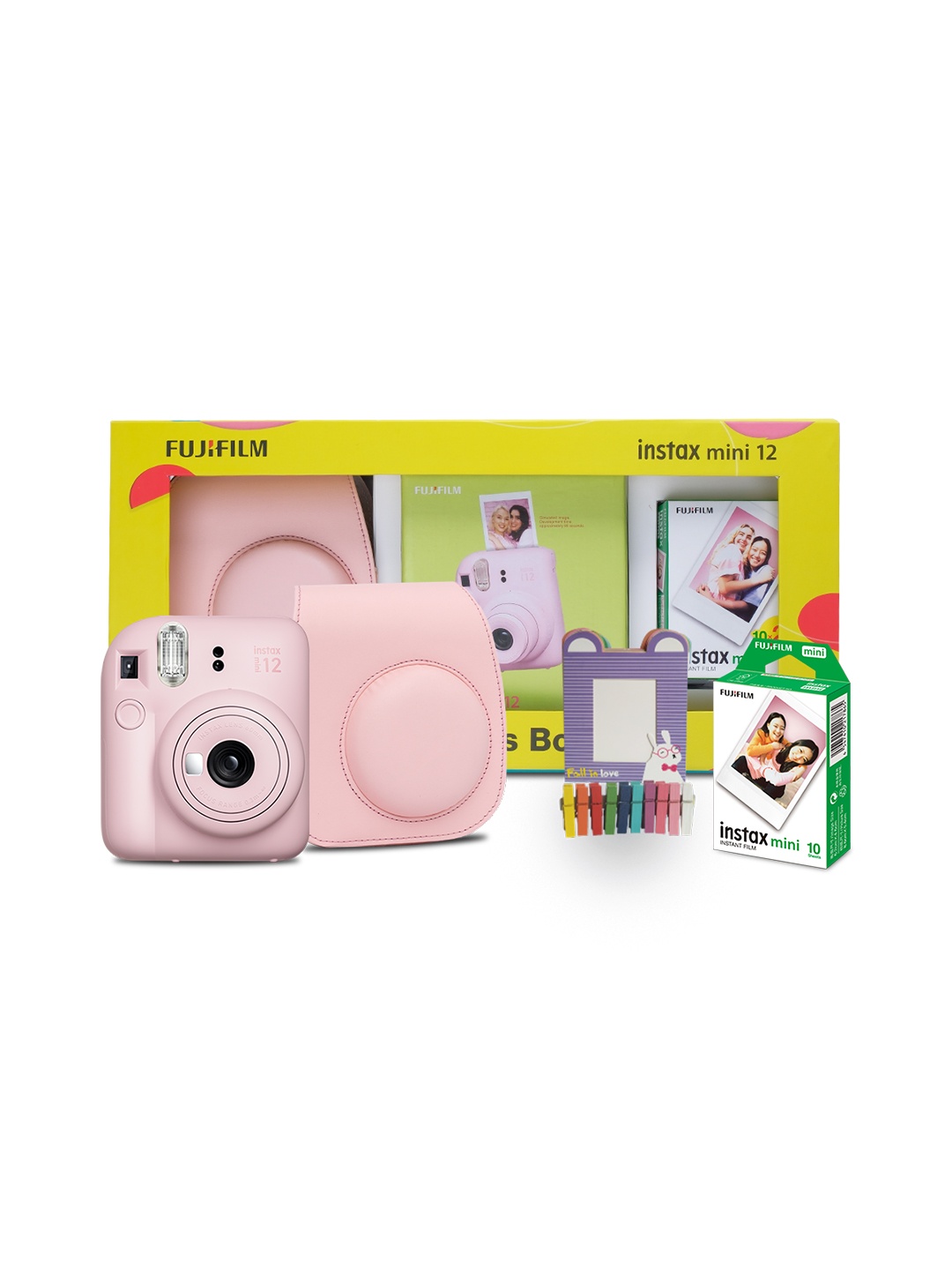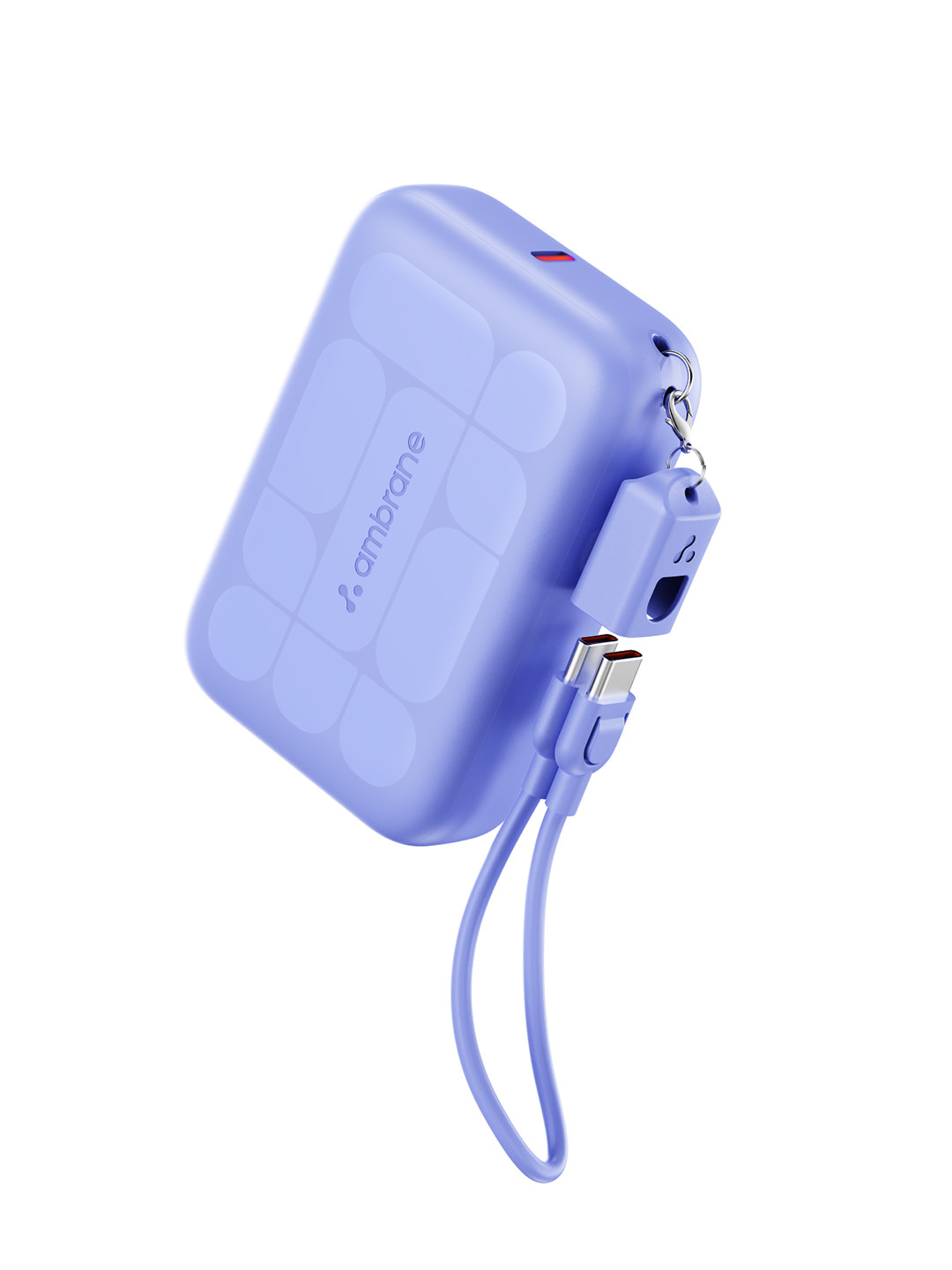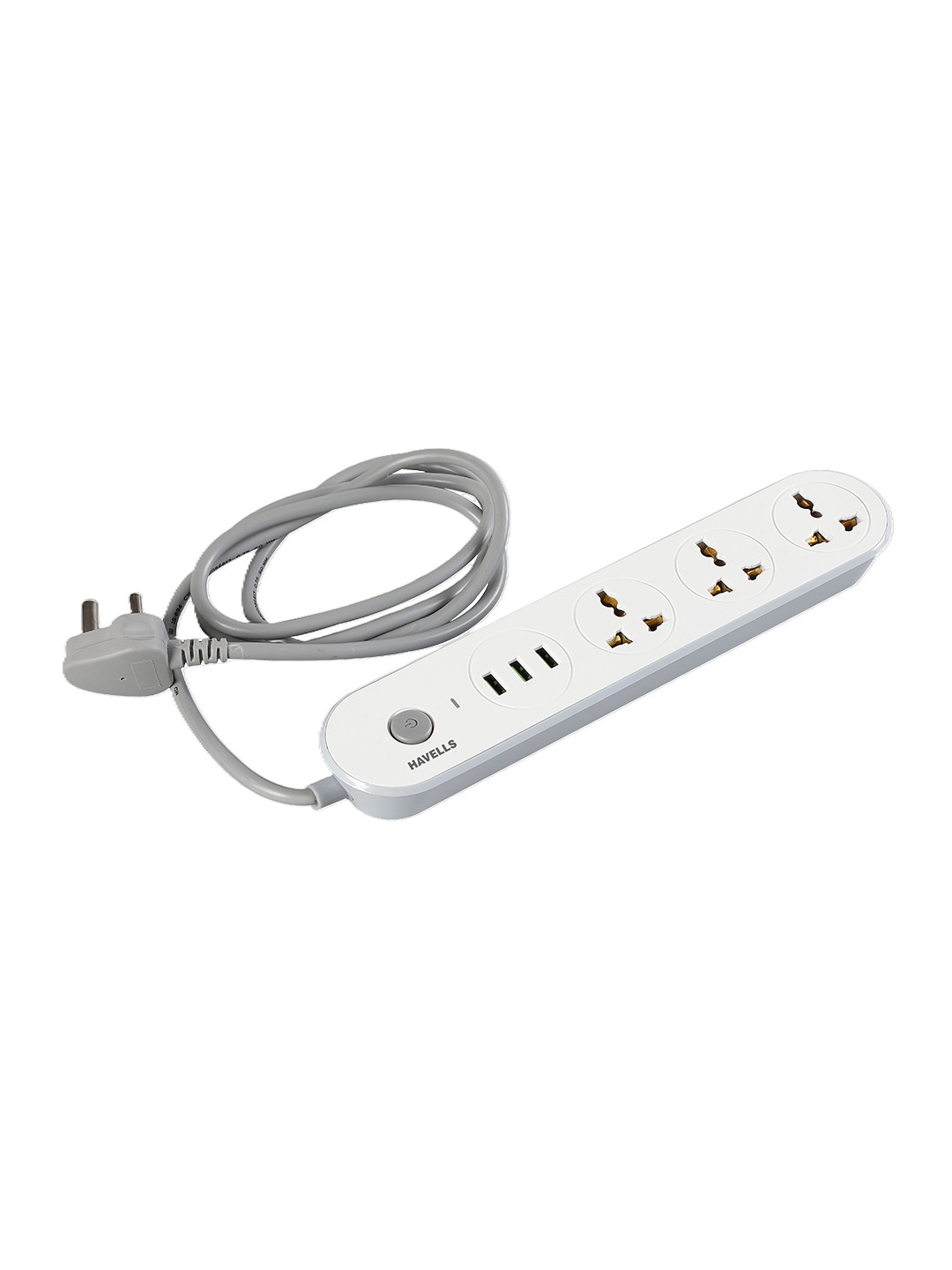Strap In And Hit Record: A Beginner's Guide To Using Your GoPro
New to GoPro? Discover how to master settings, mounts, and editing to capture your adventures like a pro. This beginner's guide covers everything from gear setup to storytelling tips.

From underwater reefs to mountain peaks, GoPros helps to capture every moment.
Did you ever watch a mountain biking video or a deep-sea diving promo on your favourite channel and wonder how it was filmed? Chances are, a GoPro was behind the scenes. These tiny, rugged cameras have become the go-to gear for adventurers, thrill-seekers and content creators alike. But for beginners, the first encounter with a GoPro can be a mix of excitement and confusion. With its compact design packed full of features, it's easy to feel overwhelmed. The good news? You don't need to be a tech wizard to start capturing epic footage.

Wide-angle lens captures the full scale of the adventure, immersive, cinematic, unforgettable.
Photo Credit: Pexels
What Are GoPro Cameras?
GoPro cameras are built for the wild. They're waterproof, shockproof and designed to survive the kind of conditions that would make most gadgets shudder. Whether you're snowboarding in Gulmarg or kayaking through Kerala's backwaters, a GoPro is engineered to keep up. Its wide-angle lens captures immersive visuals, while its compact size means it can be mounted almost anywhere, like on helmets, handlebars, surfboards, or even your dog's collar.
Also Read: Which DSLR Camera Type Matches Your Photography Style?
The latest models, like the HERO12 Black, offer 4K video, advanced stabilisation and longer battery life. But even older versions pack enough punch to produce stunning content. What sets GoPro apart is its ability to turn everyday adventures into cinematic experiences.
Know Your GoPro
Before you hit record, spend some time getting to know your camera. Each GoPro model has its own quirks and capabilities. The HERO series, for instance, has evolved significantly over the years, with newer versions offering features like HyperSmooth stabilisation and horizon levelling. Download the GoPro Quik app, it's your control centre for editing, managing footage and updating firmware.
Don't skip the manual. It may not be thrilling reading, but it's packed with useful insights. Learn how to navigate the touchscreen, switch modes and adjust settings. The more familiar you are with the basics, the easier it'll be to capture the moments that matter.

HyperSmooth stabilisation of GoPro keeps the action steady, even on the bumpiest trails.
Photo Credit: Pexels
Understand The Settings
Resolution and frame rate are your starting points. If you're aiming for crisp, cinematic footage, 4K at 30 frames per second is ideal. For smoother motion, especially in fast-paced scenes, 1080p at 60fps is a solid choice. Want to slow things down? Switch to 120fps or even 240fps for dramatic slow-motion shots.
Field of view is another key setting. GoPro's wide-angle lens is iconic, but it's not your only option. Linear mode removes the fisheye effect, making it perfect for vlogging or more natural-looking shots. SuperView, on the other hand, maximises vertical space, great for chest-mounted perspectives during action sequences.
And don't forget stabilisation. HyperSmooth, available in newer models, is a game-changer. It smooths out shaky footage, making handheld or high-motion shots look professional and polished.
Mounting For The Moment
One of GoPro's biggest strengths is its versatility in mounting. The way you mount your camera can dramatically change the story you're telling. A helmet mount offers a first-person view, ideal for skiing or mountain biking. Chest mounts provide a lower, more immersive angle, especially useful for activities like hiking or climbing. Handlebar mounts are perfect for cyclists and motorcyclists, while tripods or hand grips are great for stationary shots or travel vlogs.
Experiment with different angles. Sometimes, placing the camera off-centre or upside down can result in surprisingly dynamic footage. Just make sure your mount is secure, losing your GoPro mid-adventure is a heartbreak no one wants.

Even in low light, GoPro's advanced sensor delivers sharp, vibrant colours
Photo Credit: Pexels
Light, Lens And Composition
GoPros thrive in natural light. Outdoors, they deliver vibrant colours and sharp details. Indoors or in low light, however, they can struggle. If you're filming in dim conditions, consider adjusting the ISO manually or using an external light source.
Composition matters. Follow the rule of thirds, keep your subject slightly off-centre to create a more engaging frame. And always check the lens before filming. A single smudge or water droplet can ruin an otherwise perfect shot.
Battery Life And Storage Smarts
GoPro batteries aren't known for their longevity, especially when shooting in high resolution or cold climates. Always carry spares. Enduro batteries, designed for extreme conditions, are worth the investment if you're heading into the wild.
Turn off Wi-Fi and Bluetooth when not in use to conserve power. And keep an eye on your storage. Use high-speed microSD cards, ideally UHS-I, V30 or better. A 64GB card can hold around two hours of 4K footage, but it's wise to format your card in-camera before each use to avoid compatibility issues.
Editing On The Go
The GoPro Quik app makes editing a breeze. You can trim clips, add music, apply transitions and even sync footage with GPS data. It's intuitive and designed for users who want quick results without diving into complex software.
For those looking to take their editing to the next level, programmes like Adobe Premiere Pro or Final Cut Pro offer more control. But for most beginners, Quik is more than enough to create share-worthy content.
Stay Safe, Stay Legal
Filming with a GoPro is fun, but it comes with responsibilities. Be mindful of local laws, especially when using drones or filming in restricted areas. Always seek permission before filming people, particularly in private settings.
Mounting safety is crucial. A poorly secured camera can become a hazard, especially during high-speed activities. Double-check your gear before every shoot.
Pro Tips To Elevate Your GoPro Footage
Think like a storyteller. Don't just film in a spray-and-pray fashion, plan your shots with a beginning, middle and end. Use voice control to operate the camera hands-free, especially when you're in motion. Mix up your perspectives, combine wide shots, close-ups and point-of-view angles to keep your content dynamic.
Time-lapse and burst modes are great for capturing fast-moving scenes or transitions. And while stabilisation helps, smooth movements and thoughtful framing will always make your footage stand out.
The Adventure Begins
Using a GoPro isn't just about capturing what you see, it's about sharing how it feels. With a bit of practice and creativity, you'll be able to turn your adventures into compelling visual stories. Whether you're trekking through Ladakh or surfing in Goa, your GoPro is more than a camera. It's your ticket to reliving the thrill, and inspiring others to chase their own.
So strap it on, hit record, and let the adventure unfold.
Frequently Asked Questions (FAQs)
1. What is the best GoPro model for beginners in 2025?
The HERO12 Black is currently the most beginner-friendly model, offering intuitive controls, HyperSmooth stabilisation, and excellent battery life. Older models like HERO9 and HERO10 also provide solid performance at a lower cost.
2. How do I mount a GoPro for different adventure sports?
Mounting depends on the activity. Use helmet mounts for biking and skiing, chest mounts for hiking and climbing, and handlebar mounts for cycling. Always ensure mounts are secure to avoid damage or injury.
3. Can I use a GoPro underwater without a case?
Most recent GoPro models are waterproof up to 10 metres without a case. For deeper dives or saltwater use, a waterproof housing is recommended to protect the camera and maintain clarity.
4. What settings should I use for filming in low light or indoors?
Adjust ISO manually, use Linear field of view, and lower frame rates to improve low-light performance. External lighting can also help enhance footage quality indoors.
5. How do I edit GoPro footage on my phone?
Download the GoPro Quik app to trim clips, add music, apply transitions, and share directly to social media. For advanced editing, desktop software like Adobe Premiere Pro offers more control.















